Music Diary: Music Appreciation – Issue 2
1、Song:听!是谁在唱歌 (Listen! Who is Singing),Singer:刘若英/黄韵玲 (Rene Liu/Kay Huang)
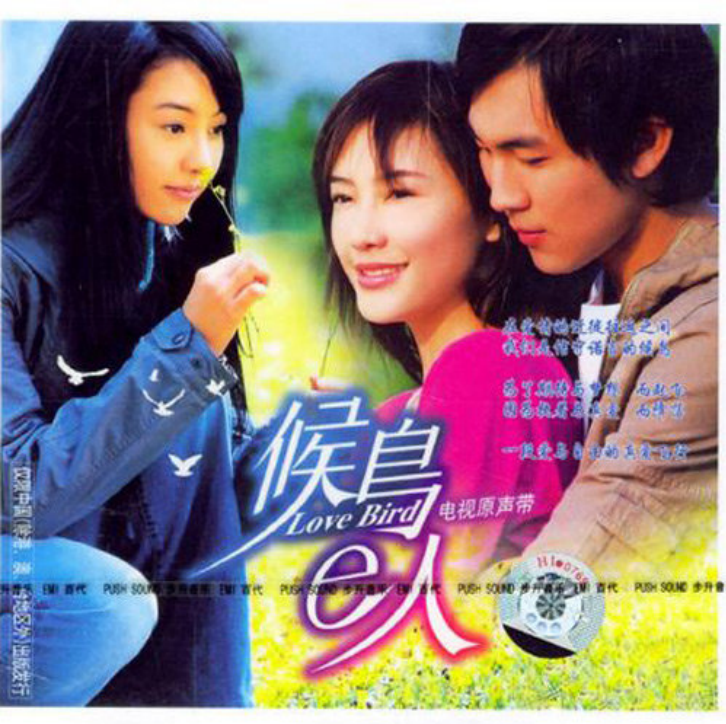
I’ve always wanted to talk about this song, not just because it resonates with the BLOG owner, but also because it’s a rare gem. In 2004, as the theme song for the TV drama Migratory Bird E-Person (候鸟e人), Taiwanese musician Kay Huang (黄韵玲) composed it and invited Rene Liu (刘若英) to perform it together.
A special mention must go to lyricist Yao Qian (姚谦). In this song, he continued his unique lyrical style, rich in metaphors and depth, incorporating the drama’s core themes of “migration and belonging” into the song. He used the “migratory bird” imagery to symbolize modern people’s journey in search of a peaceful spiritual home. Unlike other lyricists, Yao Qian’s lyrics are very colloquial, “restrained,” and “natural.” His representative work, The Dull-Ice Flower (鲁冰花), tells an impressive story from a child’s perspective using very simple lyrics. In this song, expressions like “the season of encounter” (相遇的季节) and “the carefully recalled call” (仔细回想的呼唤) showcase the feeling of wandering through time, and the regrets and reliefs found in the passage of years.
Kay Huang’s composition is based on simplicity. The verses feature a gentle, narrative melody, while the chorus enhances the drama with vocal leaps and rhythmic changes. The arrangement is piano-driven, supported by string pads, preserving a folk-like simplicity while highlighting layers through harmonic richness.
What’s truly striking, undoubtedly, is the introduction of Rene Liu’s duet. Rene Liu’s voice is clear and melodious, while Kay Huang’s is husky yet charming. The two vocal lines intertwine, complementing each other and creating a rich, layered sound. Especially in the chorus, the call-and-response and overlapping vocals reinforce the “calling” theme, creating a sense of dialogue across time and space. As the theme song for Migratory Bird E-Person, it deepened the show’s exploration of “migration and belonging,” becoming a model for urban emotional drama soundtracks in the early 2000s. Its migratory bird imagery was widely adopted, continuing to influence many later works.
2、Song:Break up! (结束! / End!),Singer:宮崎歩 (Ayumi Miyazaki),Album:DIGIMON HISTORY 1999-2006 All The Best

This is a shared memory for those born in the 80s and 90s. This CD collects all the classic tracks from the early “Digimon” era; it’s an album that couldn’t be more classic. “Break up!” was the exclusive background music for Armor Evolution in the 2000 anime Digimon Adventure 02 . Whenever this song played, it was always the climax of a battle. Scenes of passion, excitement, ideals, and challenges collectively shaped the song’s creative core. Unlike its predecessor Brave Heart, which had a similar role for evolution and focused on unleashing courage in adversity to pursue freedom, Break up! emphasizes breaking through adversity and self-awakening to overcome difficulties. While both interpret similar themes, the subtle differences actually indicate the differing core creative philosophies of the two anime generations.
Returning to the music creation itself, the verses of Break up! progress at a medium tempo, while the chorus creates an explosive force with high-range vocal leaps (like in “キミを 越えてゆくんだ” (Kimi o koete yuku n da / I will surpass you)) and dense drum beats, leading the animation to the climax of evolution. Listen closely, and you’ll hear an electric guitar riff throughout the entire song. Compared to the electronic sounds of Brave Heart, Break up! has a stronger rock feel, fitting its core theme of “breakthrough.”
At Ayumi Miyazaki’s (宮崎歩) concert in Guangzhou in 2024, this song led to a massive sing-along. 25 years of accumulated sentiment have elevated the song’s theme beyond the anime itself, making it a universal cultural symbol of striving against adversity, recognized by a broad generation of young and middle-aged people. In summary, Break up! continued the success of Brave Heart and successfully combined the concept of “breakthrough” with the story’s “evolution,” transforming an abstract idea into a tangible “action,” and crafting a new story about “courage” in the hearts of that generation of youth.
3、Song:たとえ どんなに… (Tatoe Donna ni… / No Matter How…),Singer:西野加奈 (Kana Nishino)
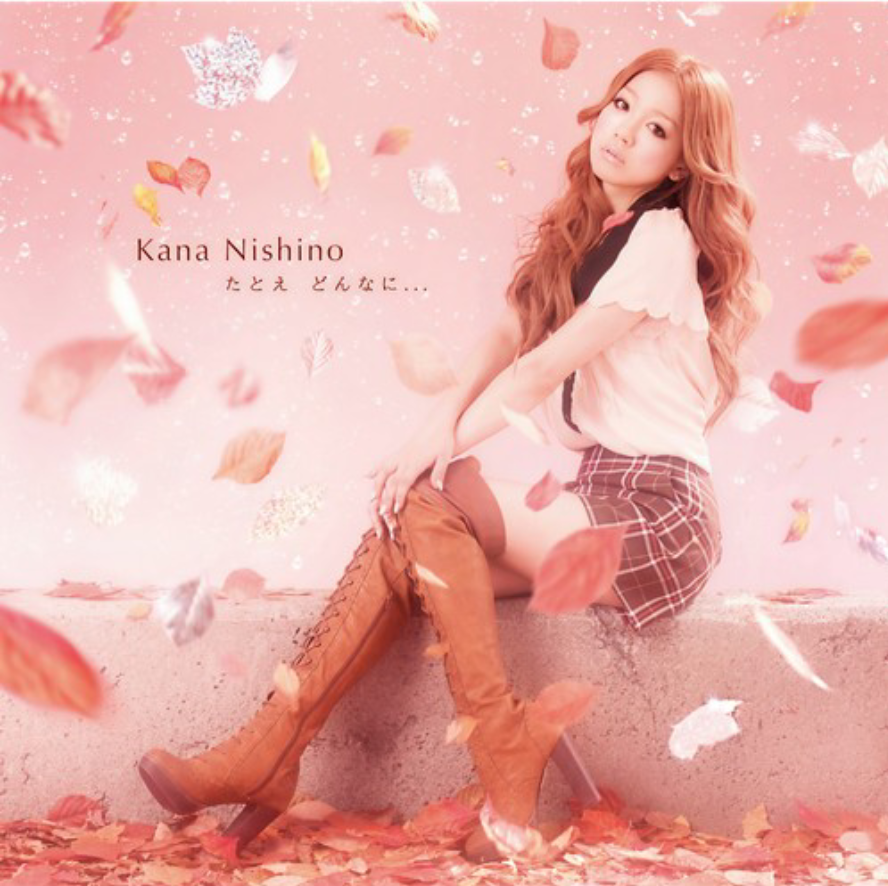
As the title track of the album released in 2011, Tatoe Donna ni… (たとえ どんなに…) is one of the representative J-Pop songs of the 2010s. The song blends R&B and Pop rhythms and melodies. Its slightly melancholic melody, consistent drumbeat, and bassline give it a strong, recognizable identity, and Kana Nishino’s (西野カナ) vocal style perfectly matches the modern yet gentle atmosphere created by the song.
Commercially, the song achieved excellent results after its release, reaching #5 on the Oricon physical sales chart and remaining on the chart for an impressive 23 weeks. For a long time, J-Pop has been regarded for its emphasis on melody and high-quality production. The creation of Tatoe Donna ni… skillfully combined contemporary pop elements (R&B) with the delicate emotional expression that Japanese artists excel at, showcasing the maturity of the Japanese J-Pop industry at the time.
Although this kind of “industry-produced sweet stuff” inevitably faces criticism for stylistic similarity, rigid creative patterns, and lack of innovation. But ultimately, the song, with its smooth melody and Kana Nishino’s near-natural vocal delivery in the chorus, easily strikes a chord with the dedication and deep affection of young girls in love, resonating widely.
たとえどんなにどんなに強く (Tatoe donna ni donna ni tsuyoku / No matter how, no matter how strongly I prayed)
願ったってもう戻れないけど (Negattatte mou modorenai kedo / I can’t go back anymore)
遠い君を見えない君を (Tooi kimi o mienai kimi o / You who are far away, you whom I cannot see)
想い続けて (Omoi tsuzukete / I’ll keep thinking of you)
4、Song:The Sounds of Silence,Singer:Simon & Garfunkel
Original Acoustic Version (1964)
Electric Overdub Version (1966)
Live at Central Park (1981)
Postmodern Disturbed Cover (2015)
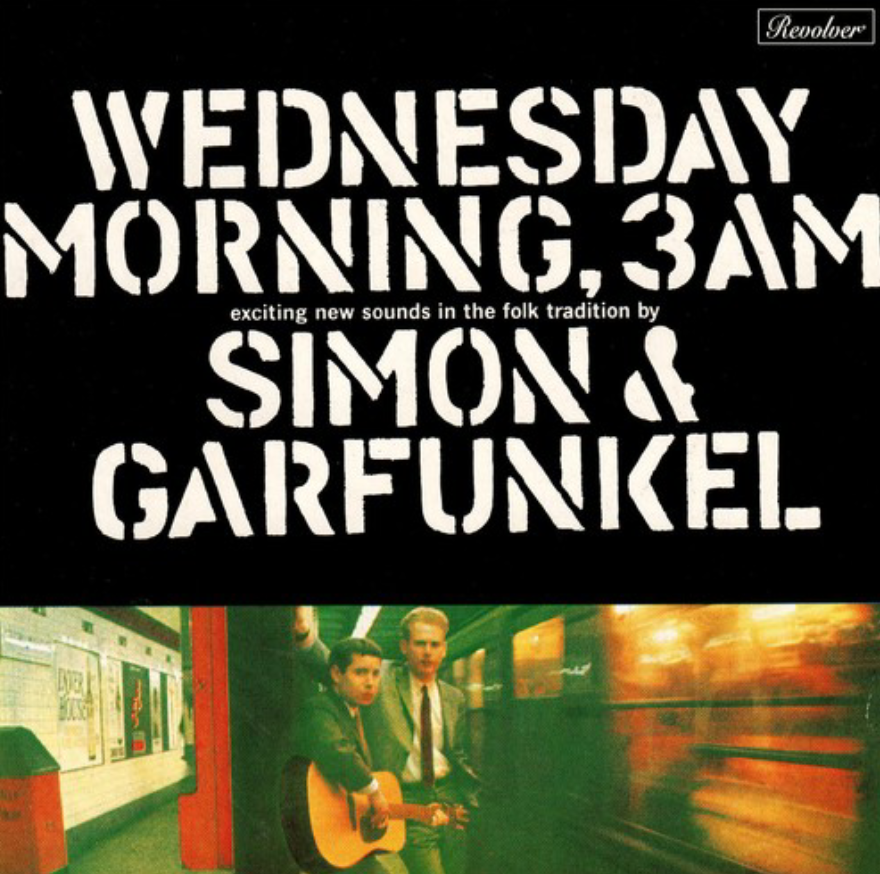
Few pieces of music truly deserve the title of “legendary.” Most music is hard to remember after a decade, and becomes unknown once it crosses oceans and mountains. But some works, after decades, only become richer, and crossing mountains and oceans only adds to their story. This is the song we’re talking about today, one of the most iconic and influential songs in pop music history: The Sounds of Silence. Its Chinese name can also be translated as 《寂静之声》.
The Sounds of Silence was written by one of its lead singers, Paul Simon, between 1963 and 1964. In an interview in the February 1984 issue of Playboy, Simon mentioned that one of the core themes of the lyrics is “man’s inability to communicate with man.” This has often been interpreted as related to the social shock and reflection following the assassination of U.S. President Kennedy in 1963. There are also stories that Simon liked to play guitar and write songs in a dark bathroom, and this feeling of darkness inspired the first line: “Hello darkness, my old friend…”
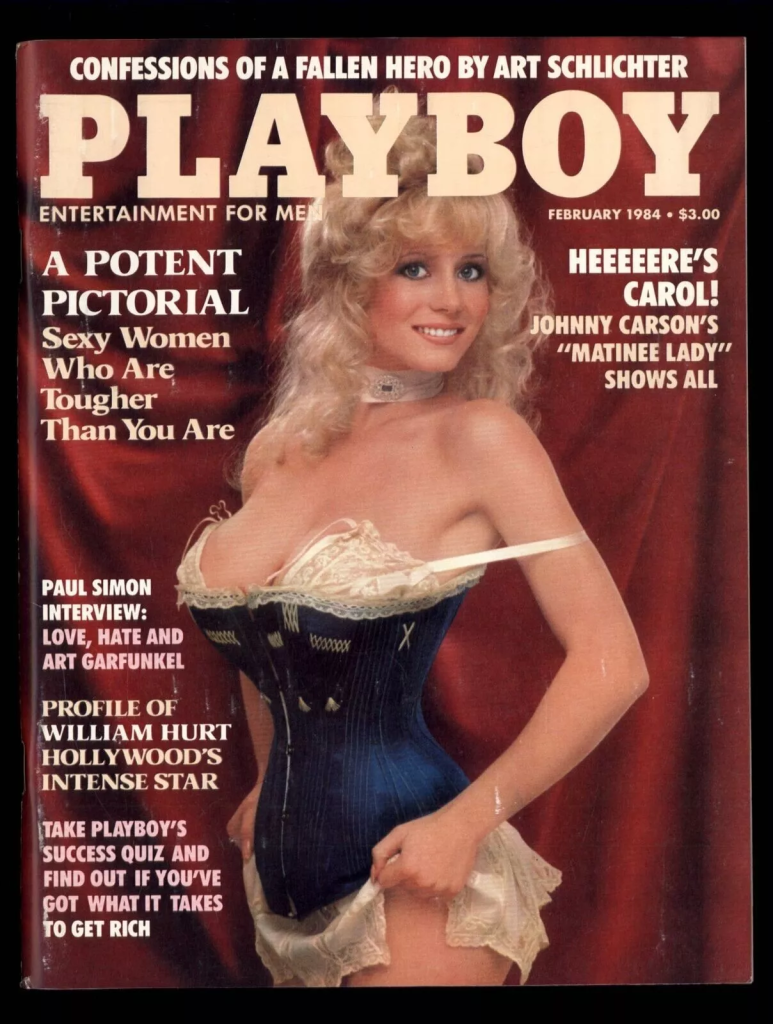
In March 1964, the duo Simon & Garfunkel, named after the two singers, recorded the original version of the song. This version featured only their vocals and an acoustic guitar and was included on their debut album Wednesday Morning, 3 A.M., released in October 1964. This version is known to posterity as the Original Acoustic Version. However, as the duo was unknown at the time, the album sold poorly, leading to the hastily formed group’s breakup, and the two went their separate ways.
Then, something dramatic happened. On some radio stations on the US East Coast (especially in Boston and Florida), the song gradually gained airplay, and its request rate began to rise. Music producer Tom Wilson keenly noticed this trend and, for whatever reason, decided to re-produce the song without contacting the two singers. Soon, on June 15, 1965, Wilson overdubbed electric guitar, electric bass, and drum tracks onto the original acoustic recording, creating a more contemporary “folk rock” version (Electric Overdub). It was finally released as a single in September 1965, with the title changed to “The Sound of Silence.”
Undoubtedly, this version quickly became popular. Driven by the folk-rock wave of the 1960s, the song became a massive hit without the singers’ knowledge, even reaching #1 on the prestigious Billboard Hot 100 chart on January 1, 1966. This unexpected success led Simon & Garfunkel to reunite. They quickly recorded more songs and eventually included this new folk-rock version on their second album, Sounds of Silence, released in January 1966. Since then, this adapted version of “The Sound of Silence” has virtually defined an entire era of folk transitioning to rock, becoming an unshakeable monument in American music history.
Later on, Simon & Garfunkel never forgot this song, their starting point, releasing various live versions over the decades. And as they aged, the profoundness embedded in the lyrics deepened with each performance. Notably, even as time passed, their favorite way to perform it remained the early style of just vocals and a single guitar. Over the past decades, the song has also been covered by countless artists. In 2015, the post-modern band “Disturbed” covered this timeless classic in a heavy metal style, and it became a hit all over again. This once again proved the song’s unique charm, transcending time, genre, and culture.
“The Sound of Silence” is an immortal masterpiece combining poetic lyrics, beautiful melodies, the spirit of an era, and a legendary history. From an almost-forgotten folk piece, through an unauthorized yet incredibly successful “adaptation,” it became a globally beloved classic. It not only established Simon & Garfunkel’s status in the music world but also profoundly influenced the development of popular music, continuing to resonate with people across different eras and cultural backgrounds. It also allowed hundreds of millions of listeners worldwide to witness the legendary friendship of these two singers, a friendship that endures to this day.
5、Song:Csikos Post,Singer:Czech Philharmonic String Quartet,Album:Bouquet of Famous Melodies

Csikos Post is a Galop dance piece composed by the German composer Hermann Necke. It is famous for its extremely fast tempo, simple and memorable melody, and galloping rhythm. In later years, this piece has been referenced in various contexts, including animations, movies, TV series, and games, making it a very well-known musical miniature. This piece was highly acclaimed upon its popularization (around 1988, as mentioned in the original Chinese text, though the piece itself was composed much earlier, circa 1895) and was later adapted into various forms and arrangements for different ensembles, shining brightly in concert halls worldwide.
The string quartet adaptation of Csikos Post by the Czech Philharmonic String Quartet is one of the most famous arrangements/recordings in the world. This chamber performance, consisting of only two violins, a viola, and a cello, maintains an astonishing level of clarity and precision while showcasing a virtuoso-like high degree of balance. The first violin’s melodic line is clear and bright; the second violin and viola intertwine to provide a richly layered and full-bodied harmonic texture; finally, the cello offers a solid and elastic bass foundation, filling out the piece’s density while perfectly complementing the characteristics of the other parts. The coordination among the four instruments is as precise as clockwork, yet the richness of emotion and intensity of movement are like a group of noblewomen suddenly dancing exuberantly before your eyes. The entire performance is full of vitality and passion, leaving listeners feeling invigorated and joyful.
6、Song:我不原谅 (I Will Not Forgive),Singer:张碧晨 (Zhang Bichen)
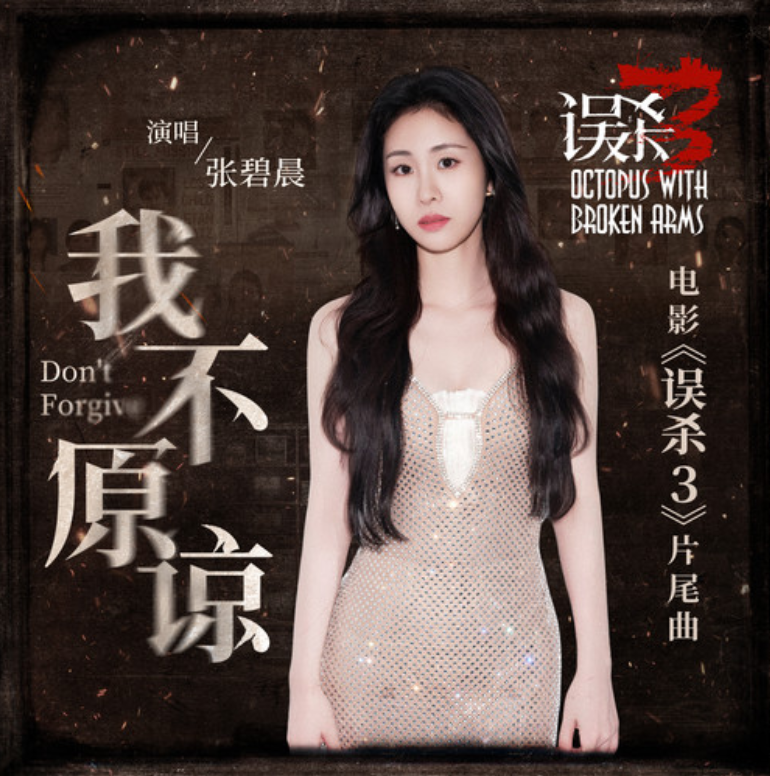
In recent years, a number of very realistic films have emerged in China. For example, the movie Manslaughter 3 (误杀3) , for which Zhang Bichen (张碧晨) sings the theme song, tells a story about child trafficking. Similarly, the theme song for the movie The Endless Chase (三大队), also with lyrics by Tang Tian (唐恬), focuses on the theme of a criminal manhunt. These types of films expose some harsh realities and critique social injustices, but generally return to positive endings involving human goodness and the reward of justice. As an important film genre in the new era, they undoubtedly resonate more with ordinary audiences and are gradually breaking away from the stereotypical image of some previous formulaic “main-melody” films.
Returning to the song I Will Not Forgive (我不原谅), it’s actually quite similar to The Way of the World (人间道), the theme song for The Endless Chase. Firstly, its connection to the movie’s theme. Tang Tian’s (唐恬) lyrics, which “never mention hatred, yet every line is filled with it” , subtly yet powerfully concretize the pain of losing a child and the accusation against the perpetrator. The sentiment from the movie, “If you haven’t tasted my despair, on what grounds do you persuade me to forgive?”, erupts in the lyrics, creating intense dramatic tension when combined with Zhang Bichen’s forceful vocals.
The song begins from the perspective of a loved one who has lost a child, slowly articulating an inner resolve: “No mercy, no forgetting, no forgiveness, no reverence” (不慈悲、不忘却、不谅解、不敬畏). These seemingly unsympathetic words are a direct reflection of bottomless pain. Lyrics in the middle section like “Not accepting kindness (already) is my concession” (不接受善良(已经)是我的退让) and “How can liars be allowed to rise?” (怎可让说谎者扶摇直上) powerfully express the resolute stance of the victim. Finally, through questions and cries like “What is redemption? It is that right and wrong in this world are never muddled” (救赎是什么?是这个世界黑白对错永不浑浊), the emotion reaches its climax, further questioning social reality. The lyrics progress layer by layer, combining individual anger with collective resonance, and faintly echoing the existentialist philosophical core of “rebelling against the absurd.”
Let’s talk about the singer Zhang Bichen (张碧晨). She has long been a frequent performer of theme songs for various film and television works; songs she has sung like Liang Liang and Long (笼 / Cage) are all popular hits. Her vocal quality and the narrative of the film/TV works often achieve a high degree of integration. This is due to her strong singing skills and empathetic ability, allowing her to accurately grasp every nuance of restraint and outburst of emotion in a song. Frankly, sheer explosive power isn’t difficult for professional singers, but perfectly timed “restraint” is a greater test of skill. For example, in the line “Ordinary me, standing low, with a shallow gaze, I only care” (凡庸我、站的低、目光浅、我只管), Zhang Bichen adopts a rapid, almost spoken-word delivery, instantly conveying the singer’s suppressed anger and the extreme emotional compression before a volcanic eruption. And all of this finds both auditory and emotional release in the line “Return everything you took from me right now!” (夺走我的所有现在就还给我), expressing that “anger” to the fullest.
7、Song:空の箱 (Kara no Hako / Empty Box) (井芹仁菜 (Nina Iseri)、河原木桃香 (Momoka Kawaragi)),Singer:トゲナシトゲアリ (TOGENASHI TOGEARI)
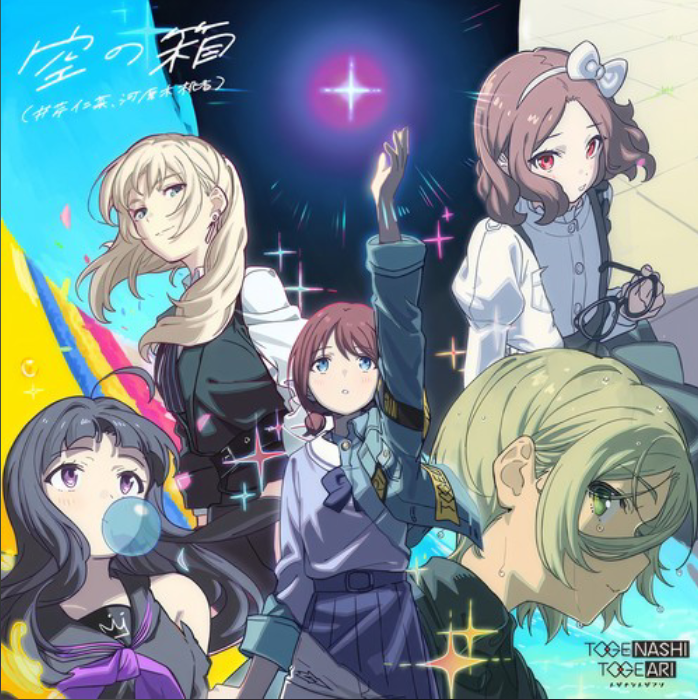
If the BLOG owner doesn’t feature an ACG song soon, I’ll almost forget I’m an otaku ! Kara no Hako (空の箱 / Empty Box) is a song by the all-girl rock band TOGENASHI TOGEARI (トゲナシトゲアリ), featuring vocals by Nina Iseri (井芹仁菜) and Momoka Kawaragi (河原木桃香), from the 2024 anime series Girls Band Cry (少女乐队的呐喊). As the “soul” (魂 / tamashii) of the entire work, Kara no Hako is both a crucial song driving the story’s development and a comprehensive expression of the band’s core philosophy.
Girls Band Cry is a work strongly imbued with a sense of “drifting” or “rootlessness” . The five band members each carry multiple pressures and disciplines from life and society: business failure, running away from home, rebellious precociousness despite a privileged background, a tsundere who uses aggressive words to hide inner feelings, and an expatriate drifting overseas and facing criticism. These five girls, with diverse backgrounds and troubled lives, meet in a huge city due to their individual persistence, and come together because of a song and a shared ideal. The special thing about Kara no Hako, which runs through the entire work, is that it’s like both an “anthem for losers” and an “unfinished epic” .
“地図にはないはずの三叉路に今 ぶつかっているのですが”
(“Chizu ni wa nai hazu no sansaro ni ima butsukatte iru no desu ga” / “I’ve hit a three-way intersection that shouldn’t be on the map”)
“何を頼りに 進めばいいのでしょうか”
(“Nani o tayori ni susumeba ii no deshou ka” / “What should I rely on to move forward?”)
This question posed at the beginning of the song is the shared question all TOGENASHI TOGEARI members have about life. The unique helplessness and confusion of youth, wavering at life’s crossroads, easily resonates with peers and even older generations in contemporary society, setting the tone for the song as “dedicated to life’s disillusioned.” Regarding the song title Kara no Hako (Empty Box), in Japanese culture, “box” (箱 / hako) is often a metaphor for “life’s container.” Here, it can be understood as “a life not yet filled,” or, combined with the rebellious spirit against “social rules” in Girls Band Cry (also a manifestation of the rock spirit), it can be further understood as “a life unconstrained by social norms, full of infinite possibilities.”
“やけに白いんだ やたら長いんだ”
(“Yake ni shiroi n da yatara nagai n da” / “It’s dazzlingly white, annoyingly long”)
“コタエはだいたい”
(“Kotae wa daitai” / “The so-called answers are mostly”)
“カタチばかりの常識だろう”
(“Katachi bakari no joushiki darou” / “Just superficial common sense, right?”)
Next, let’s talk about the “realness” of this song. As a Japanese rock band, TOGENASHI TOGEARI’s work naturally embodies the “rebellious” nature of rock music. The lyrics in the chorus are straightforward dialogues close to daily life, with minimal embellishment or metaphor. The lead singer expresses emotions directly, almost “screaming.” The song doesn’t provide clear “answers” to the problems raised at the beginning. Just as societal oppression still exists, those intangible “rules” still bind lives. The world doesn’t change instantly with their cries. Kara no Hako isn’t like chicken soup for the soul, instilling truths you already know or universally applicable “laws.” After all, how can a group of people who are currently shackled easily put new chains on others?
“正解がなんだ 価値なんて無いんだ”
(“Seikai ga nan da kachi nante nai n da” / “What is the right answer? There’s no such thing as value”)
“あたしは生涯”
(“Atashi wa shougai” / “For my entire life”)
“あたし以外じゃ生きられないよ”
(“Atashi igai ja ikirarenai yo” / “I can’t live as anyone but myself”)
“これ以上かき乱しても明日はない”
(“Kore ijou kakimidashite mo ashita wa nai” / “Even if I stir things up more, there’s no tomorrow”)
“どう足掻いても明日はない”
(“Dou agait_e mo ashita wa nai” / “No matter how I struggle, there’s no tomorrow”)
The second chorus also contains the ultimate message of the song. Unlike typical scenarios that encourage “facing tomorrow with a smile no matter what” in a happy-ending atmosphere, Kara no Hako carries a different kind of decisiveness . The singer denies the meaning of tomorrow, instead affirming the importance of the present (me as me). The song implicitly rebels against “compromise,” struggles against “rules,” despises “authority,” and even denies the perfection of the “self.” This strongly “dystopian” expression is a reflection of all modern people wavering at “three-way intersections,” and the hidden answer in the song is clear—refuse to be defined, write your own story in the blank space. This is what the BLOG owner meant at the beginning: it’s an “unfinished epic” for all who wander. It has to be said, this is so rock and roll!
8、Song:愛の詩 (Ai no Uta / Song of Love),Singer:末廣優里 (Yuri Suehiro)

Companionship is the most enduring confession . The Legend of Heroes is the JRPG game series that has accompanied the BLOG owner for the longest time. It’s quite possibly the longest-running game series with a single continuous worldview in history, spanning exactly 20 years to date. Although today, one really needs nostalgia to keep up with this series, it’s undeniable that, through the lens of time, there are always a few beautiful moments frozen in one’s heart, like this ED song from the ninth installment of the series (which seems to refer to a major arc like Trails of Cold Steel IV), which always stirs up some ripples when it plays.
The creative concept of Ai no Uta (愛の詩 / Song of Love) is remarkably pure, condensing and sublimating the core emotions accumulated throughout the series, expressing them in the most direct way. The opening two consecutive heartfelt confessions, “ただ愛してる” (Tada aishiteru / I just love you), set the tone for the song. The word “love” (愛 / ai) appears 22 times throughout the song, delivering a pure and unadorned emotional impact. No complex rhetoric, no obscure metaphors, no need for indirectness—I simply love you. This almost naked honesty undoubtedly shortens the distance between the listener and the singer. And the unique persistence and sadness in the voice of the singer, Yuri Suehiro (末廣優里), coupled with the superimposition of loving expressions, intensifies the emotion in the song.
Ai no Uta first appeared to conclude the 6-year story of the Trails of Cold Steel ( Sen no Kiseki) saga. The protagonist of that work created a highly tragic, individualistic heroic ending through self-sacrifice, which was widely accepted by players. The repeatedly sung line “Let’s walk through life together” perfectly fits the story of this character, who accompanied players for many years, finally reaching his destiny’s end. This cross-linguistic lyric design enriches the song’s expressive form and seeks resonance with a broader audience by tapping into the subconscious cultural elements of multiple civilizations.
9、Song:花咲く道で (Hana Saku Michi de / On the Road Where Flowers Bloom),Singer:手嶌葵 (Aoi Teshima),Album:花咲く道で (Hana Saku Michi de)
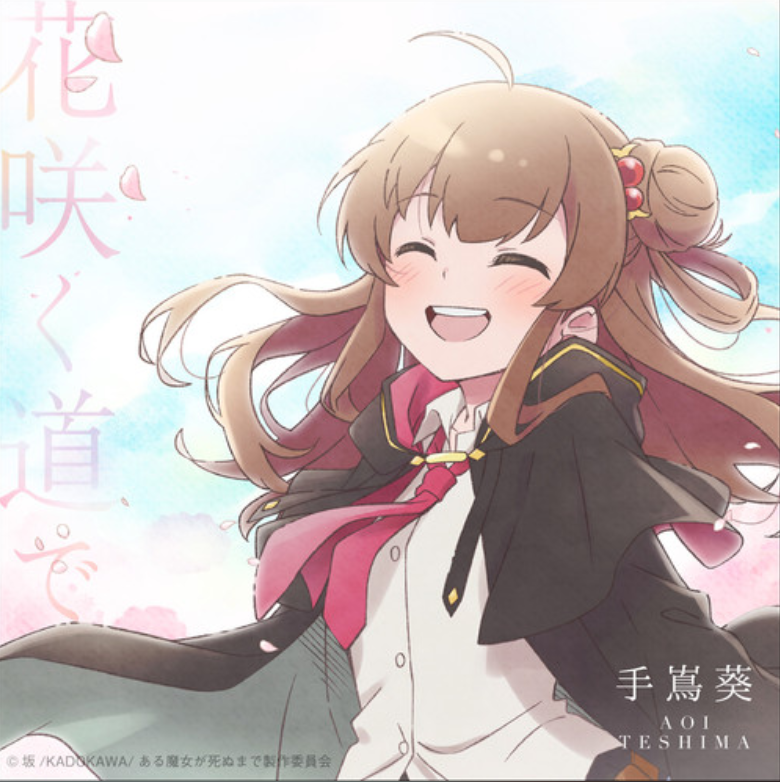
The BLOG owner’s current favorite song from the 2025 new anime season is Hana Saku Michi de (花咲く道で / On the Road Where Flowers Bloom), performed by the nationally beloved Japanese singer Aoi Teshima (手嶌葵). Her previous collaboration with Goro Miyazaki (宮崎吾朗), the theme song for From Up on Poppy Hill ( Kokuriko-zaka Kara), is a golden oldie treasured by the BLOG owner to this day. Returning to this ED song for Until the Witch Disappears , it’s an excellent piece that is lyrical but not just lyrical. Firstly, Aoi Teshima’s highly distinctive, story-telling voice perfectly expresses the tenderness, hope, and faint sorrow within the lyrics. Through breath control and emotional investment, the singer deeply moves the heart without needing to be overly sentimental.
Secondly, the lyrical depiction progresses layer by layer, combining scenic descriptions with life insights. The opening line, “丘の向こうで雲雀が歌う 輝く空は未来の方へ続いてる” (Oka no mukou de hibari ga utau kagayaku sora wa mirai no hou e tsuzuiteru / Beyond the hill, a skylark sings; the shining sky extends towards the future), with its melodious tune, immediately draws the listener into a long reminiscence , a distant longing, creating a dream-like scene and setting the fundamental tone for the song.
Entering the chorus, “もう朝はいらないと 泣いたことはありますか?” (Mou asa wa iranai to naita koto wa arimasu ka? / Have you ever cried, saying you don’t need the dawn anymore?) infuses the lyrics with profound pain and despair, making them heavier. In the lyrics and music, faced with the passing of a loved one, that sense of helplessness and confusion leaps from the lines. And finally, “かなしみはずっと胸に残るけど やさしく色が褪せて いつか古びた布のように なつかしく” (Kanashimi wa zutto mune ni nokoru kedo yasashiku iro ga asete itsuka furubita nuno no you ni natsukashiku / Though sadness lingers in the heart, its color gently fades, and one day, like old, faded cloth, it becomes nostalgic), time heals wounds, allowing sorrow to settle into remembrance. This both answers the question posed earlier and subtly implies the singer’s inner strength and gentleness.
Here, one must mention a rather interesting design choice. As mentioned earlier, from the very first line, the entire song carries a strong sense of “reminiscence” , as if recalling a story from long ago. This creative approach naturally creates a sense of detachment between the singer and the listener. Simply put, the song prioritizes atmosphere creation, which is consistent with Yuki Kajiura’s (梶浦由記) usual compositional style. This “detachment” design is precisely to create a broader space for emotional resonance. It allows listeners not to directly empathize with a specific character, but rather to examine their own past experiences from an observer’s perspective, finding connections with the lyrics to spontaneously evoke emotional resonance.
As the ED for Until the Witch Disappears , this design is particularly clever—it’s not a direct continuation of every climax in the plot, but rather provides a quiet space for the audience to reflect and contemplate (during the ED). It allows themes of loss, memory, and hope to slowly settle in the song, eventually transforming into a gentle yet resilient strength. This elevates the song beyond mere emotional catharsis, perfectly aligning with the original story, and even features a design specifically for the ED sequence, further enhancing the song.




